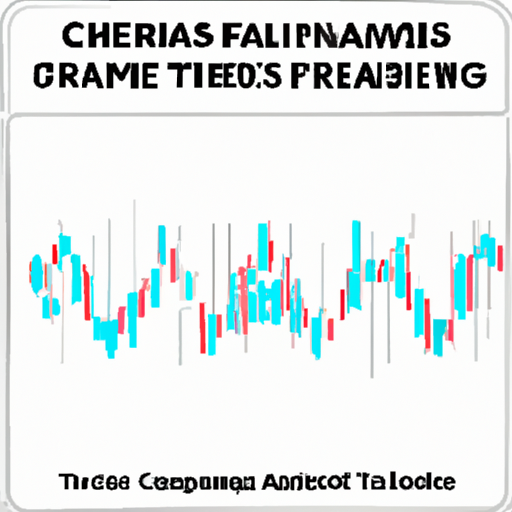Understanding Chart Patterns: A Trader’s Guide
Chart patterns are the bread and butter of technical analysis in trading. They offer crucial insights into market psychology and potential price movements, helping traders make informed decisions. Whether you’re a seasoned trader or a newbie, understanding chart patterns can give you a significant edge.
What Are Chart Patterns?
Chart patterns are formations created by the price movements of a security on a chart. These formations can indicate whether prices are likely to continue in their current direction or reverse course. They serve as visual representations of the supply and demand dynamics in the market.
Some common chart patterns include Head and Shoulders, Double Tops and Bottoms, Triangles, and Flags. Each pattern tells its own story about what might happen next in terms of price action.
The Importance Of Recognizing Chart Patterns
Recognizing chart patterns is like having an insider’s view into market sentiment. When you identify a pattern correctly, you can anticipate potential moves before they happen. This foresight allows you to enter or exit trades at more opportune moments.
For example, if you spot a Head and Shoulders pattern forming at the end of an uptrend, it could signal that prices are about to reverse downward. Acting on this insight might save your portfolio from substantial losses.
Types Of Chart Patterns
There are numerous chart patterns that traders rely on for different strategies. However, they generally fall into two categories: continuation patterns and reversal patterns.
Continuation Patterns
Continuation patterns suggest that the current trend will likely persist after the pattern completes. Some popular continuation patterns include:
– Triangles: These can be ascending, descending, or symmetrical.
– Flags And Pennants: Short-term continuation patterns that usually occur after a steep price movement.
– Rectangles: Price moves between two horizontal levels before breaking out in the direction of the existing trend.
Reversal Patterns
Reversal patterns signify that an existing trend is about to change direction. Some well-known reversal patterns include:
– Head And Shoulders: Indicates a bullish-to-bearish reversal.
– Double Tops And Bottoms: Suggests that prices will move opposite to their current trend.
– Rising And Falling Wedges: Often signal reversals as well but require careful scrutiny for confirmation.
The Role Of Candlestick Patterns In Chart Analysis
Candlestick patterns also play a crucial role in understanding chart formations. While chart patterns offer broader perspectives on market trends, candlestick formations provide detailed insights into daily price actions.
Common candlestick patterns include Doji, Hammer, Hanging Man, and Engulfing Patterns. For instance:
– A Doji Candle can indicate indecision in the market where neither buyers nor sellers have control.
– An Engulfing Pattern, whether bullish or bearish, signifies strong momentum shifts by overtaking previous candlesticks entirely.
Combining candlestick analysis with larger chart pattern identification enhances your ability to predict future price movements accurately.
How To Trade Using Chart Patterns
Trading successfully with chart patterns requires more than just recognizing them; it involves strategic planning and risk management too.
Here’s how you can integrate chart pattern recognition into your trading routine:
1. Identify The Pattern Early:
– Keep an eye out for emerging shapes during your daily technical analysis sessions.
– Use tools like drawing lines to help visualize potential formations better.
2. Confirm The Pattern:
– Wait for confirmation signals before entering any trades based solely on identified charts.
– Volume plays an important role here; increased volume often confirms breakout directions effectively.
3. Set Entry And Exit Points Wisely:
– Determine entry points based on where breakouts occur concerning identified support/resistance levels within formed charts/patterns observed previously

